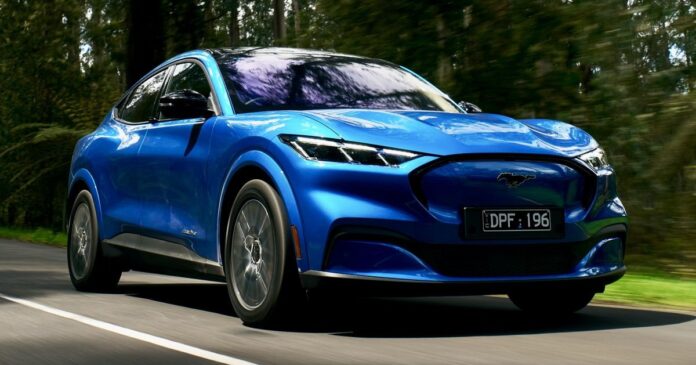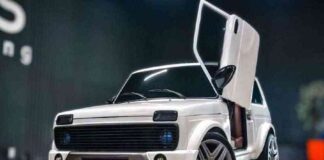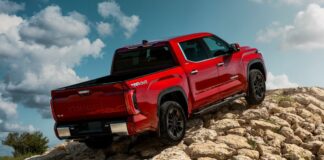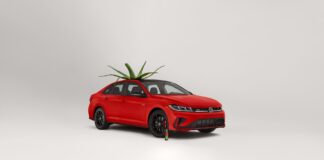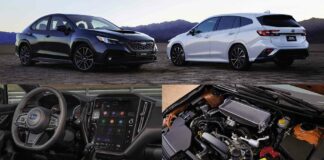The Ford Mustang Mach-E is an electric SUV that arrives with a controversial badge. While Ford once vehemently denied ever making an all-electric Mustang, here it is—an SUV that borrows the iconic name but little else from the legendary sports car. Despite this disconnect, the Mach-E attempts to leverage the Mustang’s heritage while carving its own path in a crowded EV market.
A Mixed Bag of Performance and Practicality
The Mach-E’s appeal lies in its electric powertrain, offering smooth acceleration and quiet operation. The range varies depending on the trim, with the longest coming from the mid-spec Premium. However, real-world energy consumption can fluctuate, and Ford’s lack of transparency on figures doesn’t help. The Mach-E handles reasonably well, but its firm ride quality detracts from the overall experience, especially on rough roads.
The interior is modern and well-constructed, but some design choices, like the door handles, feel needlessly complicated. The infotainment system is functional but can be fiddly, and the lack of physical controls frustrates some users. The rear seats are comfortable, but the sloping roofline limits headroom. The boot is spacious, but lacks the depth of some competitors.
Performance and Driving Dynamics
The Mach-E delivers a satisfying driving experience, with instant torque and responsive handling. The rear-wheel-drive trims offer a playful dynamic, with the traction control allowing for controlled slides. However, the ride quality remains a significant drawback. The adaptive suspension on the GT trim fails to improve comfort, making it a jarring experience on uneven surfaces.
The Mach-E’s steering is well-weighted and provides decent feedback, but the overall handling lacks the precision of some competitors. The suspension feels overly firm, transmitting every bump and imperfection to the cabin. The lack of refinement makes long drives tiring, especially for passengers.
Interior and Tech
The Mach-E’s interior is modern and functional, but some design choices feel unnecessary. The door handles are a prime example, requiring an awkward push-button release before pulling. The infotainment system is responsive but can be distracting to use while driving. The lack of physical controls for climate and audio frustrates some users.
The rear seats are comfortable, but the sloping roofline limits headroom for taller passengers. The boot is spacious, but lacks the depth of some competitors. The interior materials are of decent quality, but the overall design feels sterile and uninspired.
Pricing and Competition
The Mach-E is expensive, with prices starting at $65,990 before on-road costs. This makes it more expensive than many of its competitors, including the Tesla Model Y, Kia EV5, and BYD Sealion 7. The price increases for the 2026 model add to the financial burden, especially considering the car’s already slow sales.
The Mach-E faces stiff competition from established EV players. The Tesla Model Y offers superior range and charging infrastructure. The Kia EV5 provides a more affordable and practical alternative. The BYD Sealion 7 undercuts the Mach-E on price while offering comparable features.
Verdict
The Ford Mustang Mach-E is a flawed EV that struggles to justify its name and price. While it offers decent performance and a modern interior, its firm ride, awkward door handles, and high cost make it a difficult sell. The Mach-E feels like a missed opportunity, failing to capture the essence of the Mustang while falling short of its EV competitors.
The Mach-E is a decent electric SUV, but it lacks the refinement and value to compete with established players. The high price, firm ride, and awkward design choices make it a difficult recommendation. The Mach-E feels like a compromise, failing to deliver on both the Mustang legacy and the EV promise












